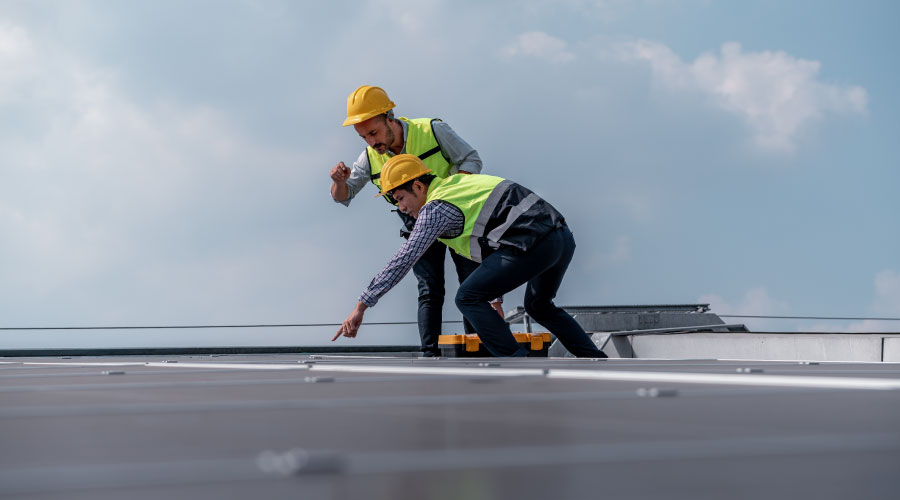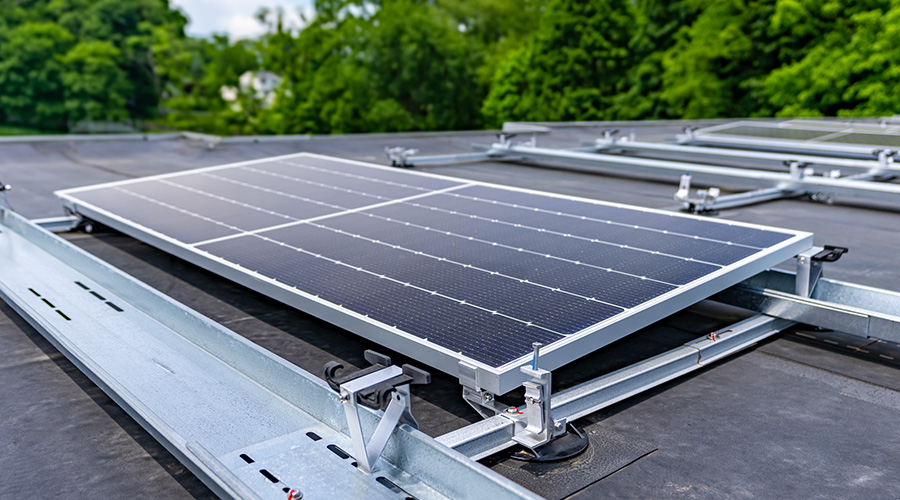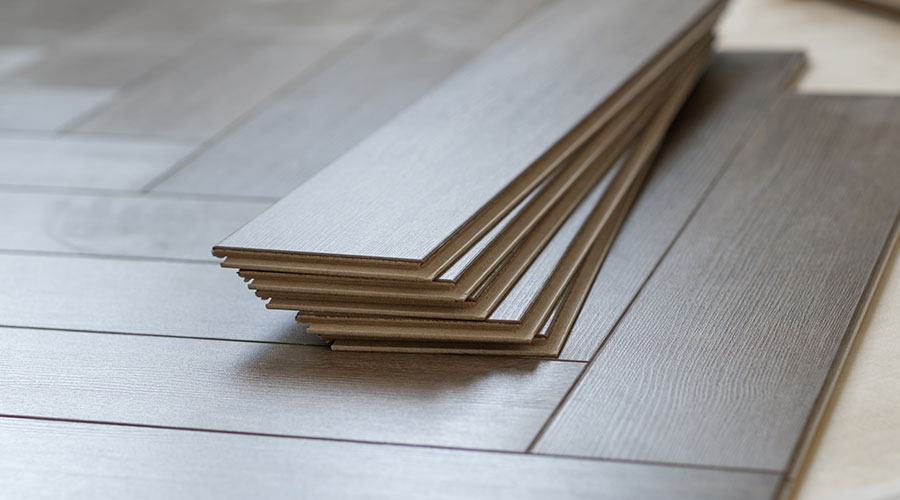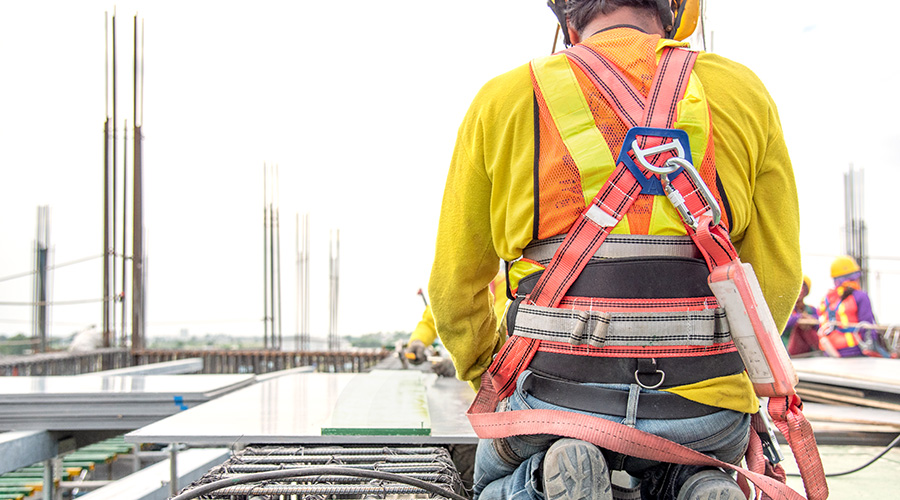The Consequences of Overlooking Roofing Inspections
To protect roof systems, managers need to implement proactive inspection programs that target critical threats and components.
Roofing systems might be the ultimate “out of sight, out of mind” component of institutional and commercial facilities. Few building occupants and visitors give roofs a second thought, or even a first one.
Maintenance and engineering managers do not have that luxury. When a roof leak lets water into a facility, the angry complaint calls go to their departments, and the chase begins to find the source and cause of the leak.
Savvy managers know that effective roof management starts well before the leak complaints come. By developing and implementing a comprehensive program of inspection, testing and repair, managers and front-line technicians can extend the performance lives of roof systems, and they are prepared to make decisions on whether the time is right to replace or recover an existing roof.
Stumbling blocks
For some organizations, one challenge in keeping roofing systems in proper shape is that managers fail to make inspection and testing activities the priority they need to be. This oversight can occur for a range of reasons.
“Sometimes, people get replaced by other people,” says Eric Turcotte, senior project engineer with FST Technical. “Someone else gets hired, and the new person might not know or isn't aware of what was done before, and nobody tells them. Maybe they don't even know that there should be a maintenance program.”
In other cases, managers do not create a well-structured program for roofing maintenance activities.
“One mistake is when inspections are not performed regularly,” says Mike Spach, a project manager with Smith Seckman Reid. “There should at least be semi-annual inspections with an annual inspection performed by a trained individual, like a roofing contractor or a roof consultant.
“That would be in addition to inspecting after a storm. If you have a large storm or pretty violent storm go across your roof, often people don't check that. Right after the storm is a good time to get up there and see if there was anything damaged that needs to be taken care of.”
Looking for trouble
The foundation of effective roof management is activities that help in-house technicians perform inspections that locate small issues before they become larger problems. Spach and Turcotte identified several common trouble spots on roofs, including penetrations, flashings and changes in roof elevation, as well as expansion joints.
“Roofs often have expansion joints that are flexible and made to move, but they often don't last,” Turcotte says. “They don't have the same life expectancy as the roof itself, and I have seen them fail and crack open completely, so that's an item to monitor.”
One central element of the inspection effort is keeping the roof clean – an activity that managers too often ignore.
“The basic requirement of keeping the roof clean is often completely overlooked,” Turcotte says. “It's not rare that we'll see roofs that have a lot of debris, vegetation and even little trees growing. You would be surprised. Simply cleaning the roof should be the main starting point.
“If a roof has ponding water, it's hard to do anything to stop that. It will cause more vegetation growth and moss, and that will reduce the life expectancy of the membrane. It's especially important to clean that area. Cleaning the gutters and making sure the downspouts are open also are important steps.”
Managers in facilities with foodservice operations need to make sure workers conducting roof inspections understand the threats these operations can pose.
“Sometimes, if there's a kitchen in the building, it will have an exhaust fan, and kitchen fans will release the grease produced by cooking,” Turcotte says. “Those animal fats will definitely damage the roof, especially if it is EPDM. It will damage the membrane. These fans should have like a grease trap, which is a container to collect the grease. That should be maintained by emptying it regularly, maybe once a year, and spills on the roof membrane should definitely be cleaned with soap.”
Turcotte also advised managers and technicians to pay close attention to rooftop air handling units as potential sources of leaks.
"These large units can be 10 to 20 feet long, and they have their own metal roofs,” he says. “I've seen cases where those roofs leak, and that water falls into the unit, and then it can fall in the building below. So that's something to monitor.
“Air-handling units often have drains to let water out of the unit, and they should have a condensate drain line or hose, and that should not drip on the roof membrane because the constant dripping will damage the membrane. They should have a hose that takes the water all the way to one of the roof drains.”
Dan Hounsell is senior editor of the facilities market. He has more than 30 years of experience writing about facilities maintenance, engineering and management.
Related Topics:













